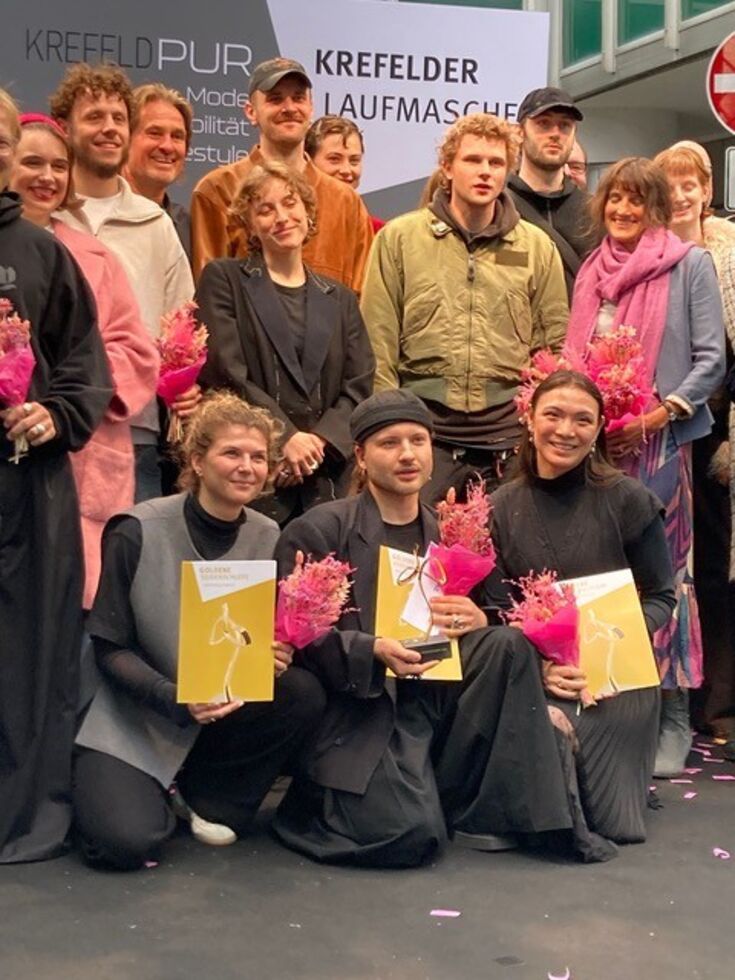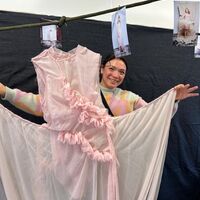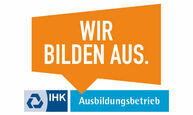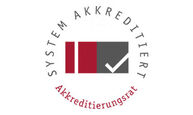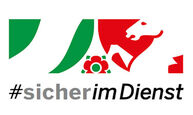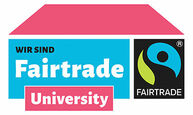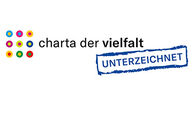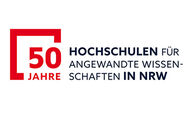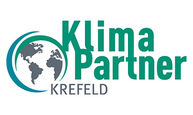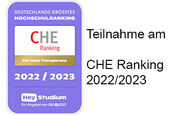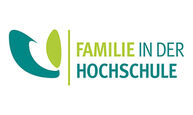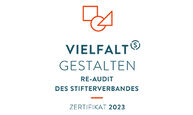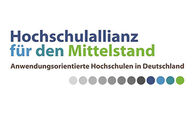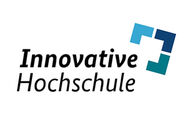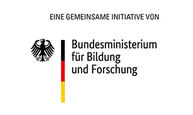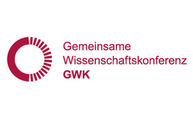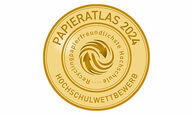It is the traditional prize of the velvet and silk city of Krefeld: the Golden Silk Ribbon. Previously awarded to big fashion names such as Wolfgang Joop and Pierre Cardin, today it is a prize for up-and-coming designers and stands for innovative and exceptional fashion design. This year, Michèle Lemper and Antonia Dannenberg, students at The Hochschule Niederrhein (HSNR), won second and third prize in the competition.
The Golden Silk Ribbon was awarded at the end of September as part of the "Krefelder Laufmasche", a fashion exhibition in the city centre where young designers were able to present selected collections to the general public. Master's student Michèle Lemper (Textile Products, Design programme) presented her collection "(dis)solve me", for which she was awarded second place for the Golden Silk Ribbon, worth 3,000 euros. The collection deals with the dissolution of textile structures - technically, creatively and socially. "Dissolve" stands for the dismantling of fibres, "solve" for the development of new solutions in the use of resources. The designs are therefore both a collection and material research.
"This award draws attention back to the value of trade and textiles - especially in the context of recycling," says Michèle Lemper. "Basically, taking part in the 'Krefelder Laufmasche' was a great experience for me. I was able to meet exciting designers from other universities across Germany, show my collection and enter into a dialogue with the visitors." She will invest the prize money in her new studio in Cologne. "It's an important step for me - and I'm very happy to be able to realise this dream."
HNSR student Antonia Dannenberg (Master Textile Products, Clothing) won third place in the competition, which was endowed with 2,000 euros. Her collection "tides" is a plea for a new awareness in dealing with nature. The collection's design starting point is kitesurfing - the motifs of the sea and the tides are transferred to functional textiles and attractive looks for the water sports sector. The collection takes into account aspects of sustainability such as resource efficiency through the use of 3D printing on textiles or the circular economy, for example through the reuse and upcycling of discarded kites.
"Winning the silk ribbon is a great honour for me and fills me with pride," says Antonia Dannenberg. "I'm particularly pleased that all the work I've put into the collection has now been recognised in such a beautiful way." She also found the exchange with the other designers particularly enriching. "The visit to the House of Silk Culture was also an unforgettable moment: the stories of the Krefeld silk weavers made me realise just how rich in tradition we are. With this background knowledge, the distinction takes on a much deeper meaning for me. I think it's great that the city is giving young people the chance to present their collections to a wide audience and thus actively shape a piece of Krefeld's history." Antonia Dannenberg will invest the prize money in her own professional future after completing her studies.
"With distinctions like these, our Master's students once again demonstrate their strength and high quality in regional, national and international competitions," says Marina-Elena Wachs, professor of design theory with a specialisation in textiles and fashion at The Hochschule Niederrhein.


